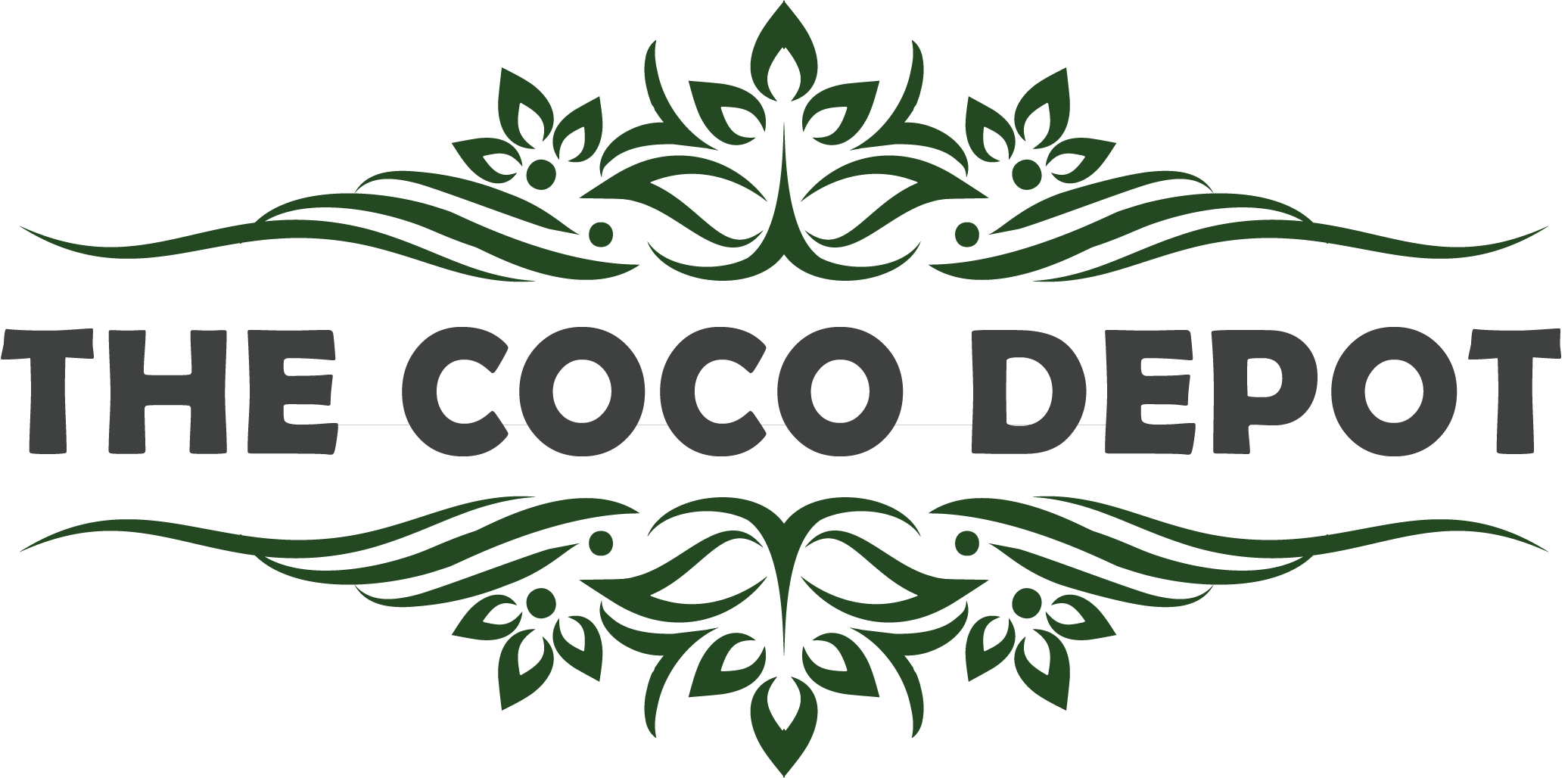The idea of reusing any products pops out due to the cost saving conscience or relatively because of the urge to use familiar means.
In that case, furnishing of used Coco Coir stands first in line in the minds of all growing expertises. Even more, buying lesser coco coir implies lesser money spent and lesser energy consumed for tripping grow ingredients.
One such worn-out Coco Coir, imparts a great deal of assortment at the times of need.
Choosing coco to grow is not only a healthy choice, but reusing the coco is simply another way of making an eco-conscious choice for a better planet.
That is to say, when coco coir dumped in landfills after use, does not decompose rapidly, rather sits in there years round without composting; burdening the fills, deplementing their remnant grow property.
The method of Recycle, Reset and Reuse, are the substantial way of implementing a better use prospective for already used coir material.
Recycle
Transforming the used coir particles into reusable state is done in Recycle Stage.
The first and the foremost thing is to carry the coir medium out of the grow area for Drying. Spread out coir to dry, it probably takes weeks of time to completely dehydrate.
Remove any excess plant matter from the previous crop. Fish out the larger roots and stems leaving behind smaller roots which can be later treated (with enzyme solution) into a beneficial supplement for future root systems.
Wash the coco with distilled water to rinse away the dead roots and residual salts that can block future nutrient absorption, and in maintaining proper Electric Conductivity (EC) and pH.
Use a perforated strainer or screen with ⅛ inch of mesh to scoop out coco from the wash basin. It is better said to wash outside, in the garden/ backyard to rinse away the impure debris.
Reset
Resetting the coco coir into reusable, mainly involves replenishing the growing ability such as Re-buffering and Enzyme treatment.
The surface of Coco coir is rich in cation exchange sites (high CEC- Cation Exchange Capacity). Buffering is basically exposing cation exchange sites to solutions containing highly concentrated Calcium and Magnesium.
Buffering the coir media will be previously done at the time of first use. Now for the re-using purpose, buffering should be done again. To buffer the coco, simply lower the fabric pot of coco into a bucket and then add enough buffering solution to completely submerge cation exchange sites with Cal/Mag. Cover it and let it sit for 8 hours.
After that, lift the fabric bag from the bucket and let the buffering solution drain away.
In order to break down remnant root material from the previous crop, a special enzyme formula is used. One such is Sensizym, that reconditions coco coir, creating a healthy base for new crops.
Enzymes transforms the remnant roots into Carbohydrates (sugar), beneficial microbes in the rhizosphere consume the sugars for energy. Then, they create more enzymes, continuing the cycle and breaking down dead organic matter..
By this time, buffered and enzyme treated coco is ready for reuse.
Reuse
Either used as a mixture for grow media or direct grow media, the used coco coir comes in handy because of its deep aeration as well as improves water retention.
The used coco is a very good amendment for outdoor flower beds, gardens or any other area where the soil is compact.
While directly making use of ‘used’ coco coir into ’re-planting’, check out for these things,
- Check for Salt-content of the used coco with the help of 1:1.5 extraction method. Only when the level in optimum, proceed.
- Re-planting is simply transplanting plants from fresh substrate into used coco along with root ball lumps.
- Avoid using reused coco for new plants or seedling, and always tend to use it for healthy thriving plants.
- Use water with rich calcium, coir specific nutrients and good root stimulator to create perfect growing media, and gain balance.
- Carefully inspect for color changes in leaves caused due to lack of nutrients and also check for air lumps obscuring flow of oxygen for plant roots.


1 comment
Good learning.